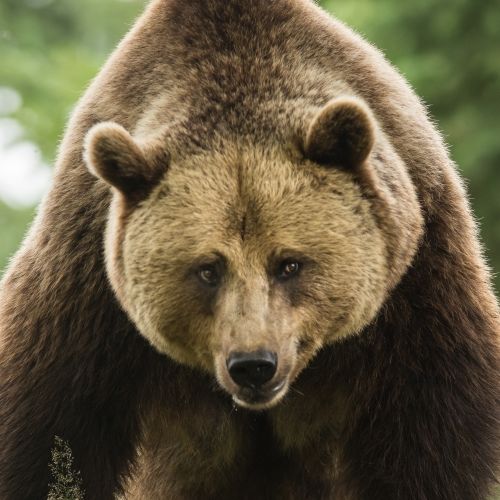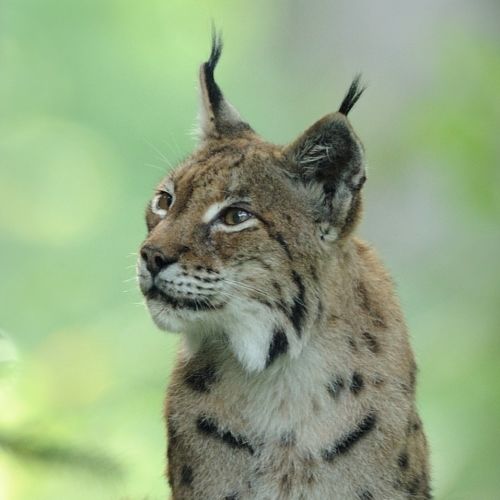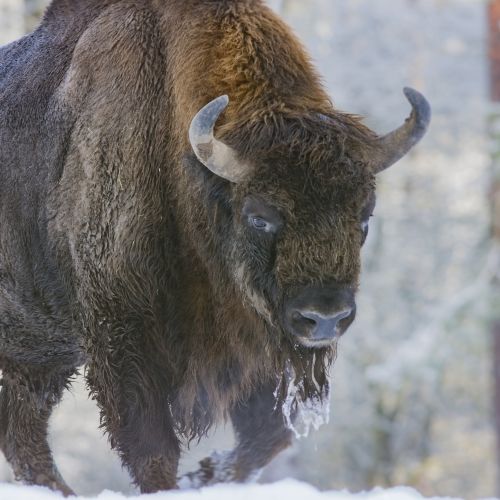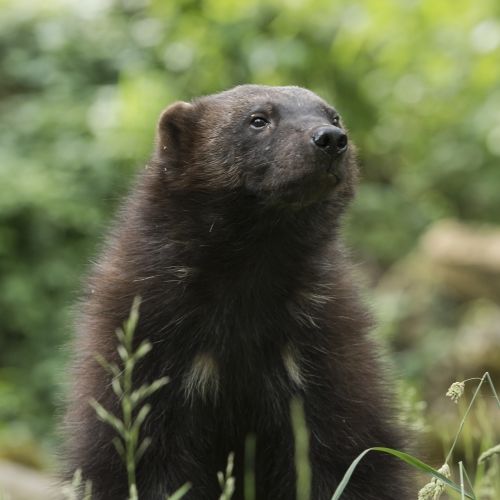The Sika deer
On the top of the hill, a vast stretch of land shines brightly... it is carpeted with countless icy diamonds of frost sparkling in the morning light, a lovely surprise gifted to us by the starry night. The sycamore samaras twirl and twist and turn like tiny wings in the wind and gracefully swirl their way to the forest floor. A Sika deer, slightly startled by this twirly ballet of the winged seeds, watches them silently as they softly land on the moist soil. Suddenly it catches sight of a tasty looking mushroom and the deer delicately bends over to take a nibble. Then, as if curtsying it gracefully, stands back up and makes its way in the silver landscape.

Tiny Eastern athlete
The Sika deer, also known as the Japanese deer, is a small species of deer native to Asia. It was introduced to Europe in the 19th century by the Japanese Emperor as a gift to the French president Carnot during an official visit. Initially domesticated, the animal can now be found in the wild, especially in Flanders, where it thrives.
Like its cousin the red deer, the Sika deer has antlers, but they are smaller and less intricate. While the red deer is a timid species, the Sika deer is not afraid of man and is quite inquisitive. It is easily approached by humans and will often venture out into the open to graze. Like its deer cousins, the Sika deer is an excellent swimmer but can alo perform spectacular jumps, from 3 to 6 meters long.
Sika deer can hybridise with red deer, resulting in fertile offspring. Because of this it is a threat to the red deer by altering its genetic heritage and this is why it is listed among the "invasive exotic species".
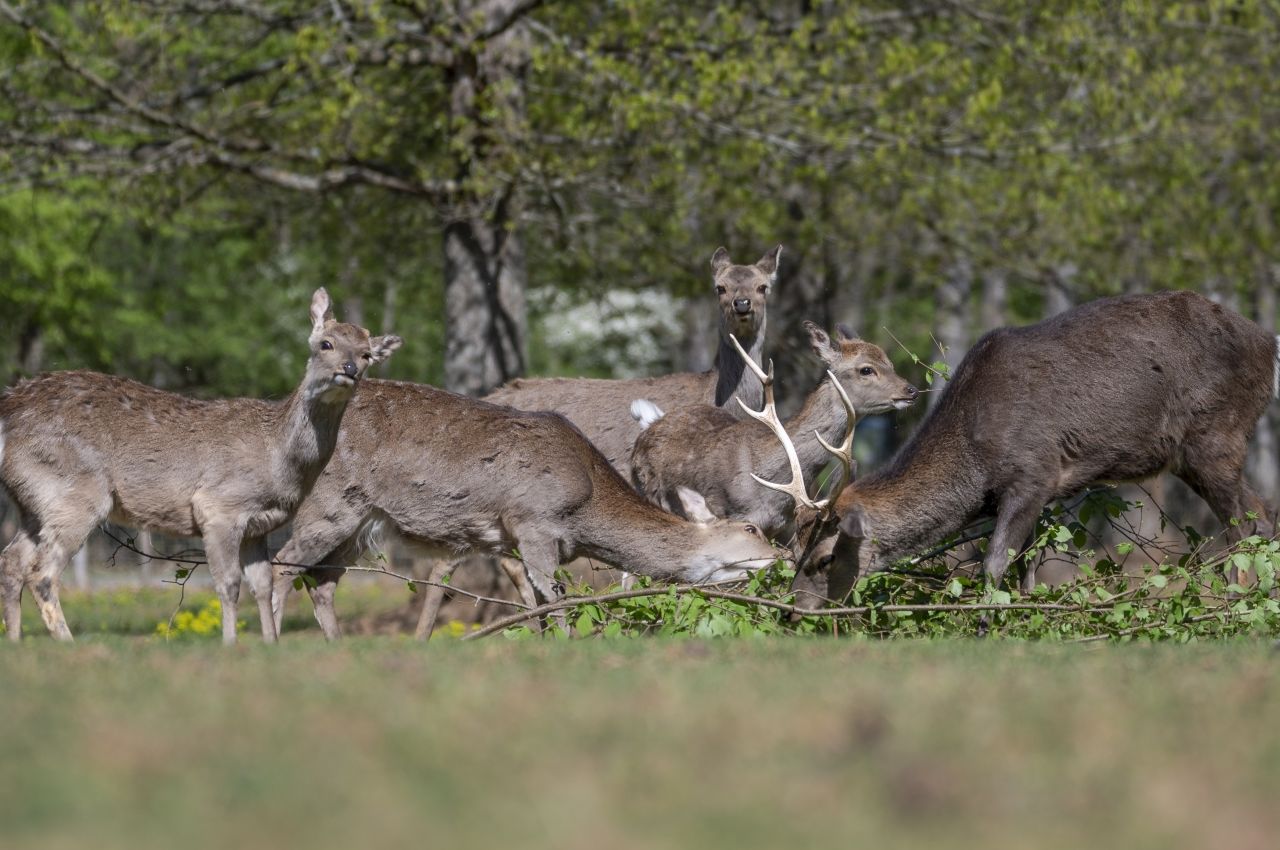
Social life
The female Sika deer live in herds with their young born during the year. The males are more often than not solitary, but can sometimes form small ephemeral groups.
Female Sika deer will stay close to the place where they were born while the young males will disperse from their place of birth, sometimes moving close to 20 km away.
The breeding period stretches out from late September to early November, during which time violent and spectacular battles between the males take place. The females give birth to a single fawn, either in the spring or in the beginning of the summer.
Did you know that?
The Sika deer is the chattiest species of deer, it makes a wide range of vocalisations (over 10), ranging from loud whistles to haunting screams and grunts.
The Sika deer feeds on herbs, grass, lichen, mushrooms, fruit, young shoots and bark (in the winter). In its native habitat, its diet mainly consists of bamboo!
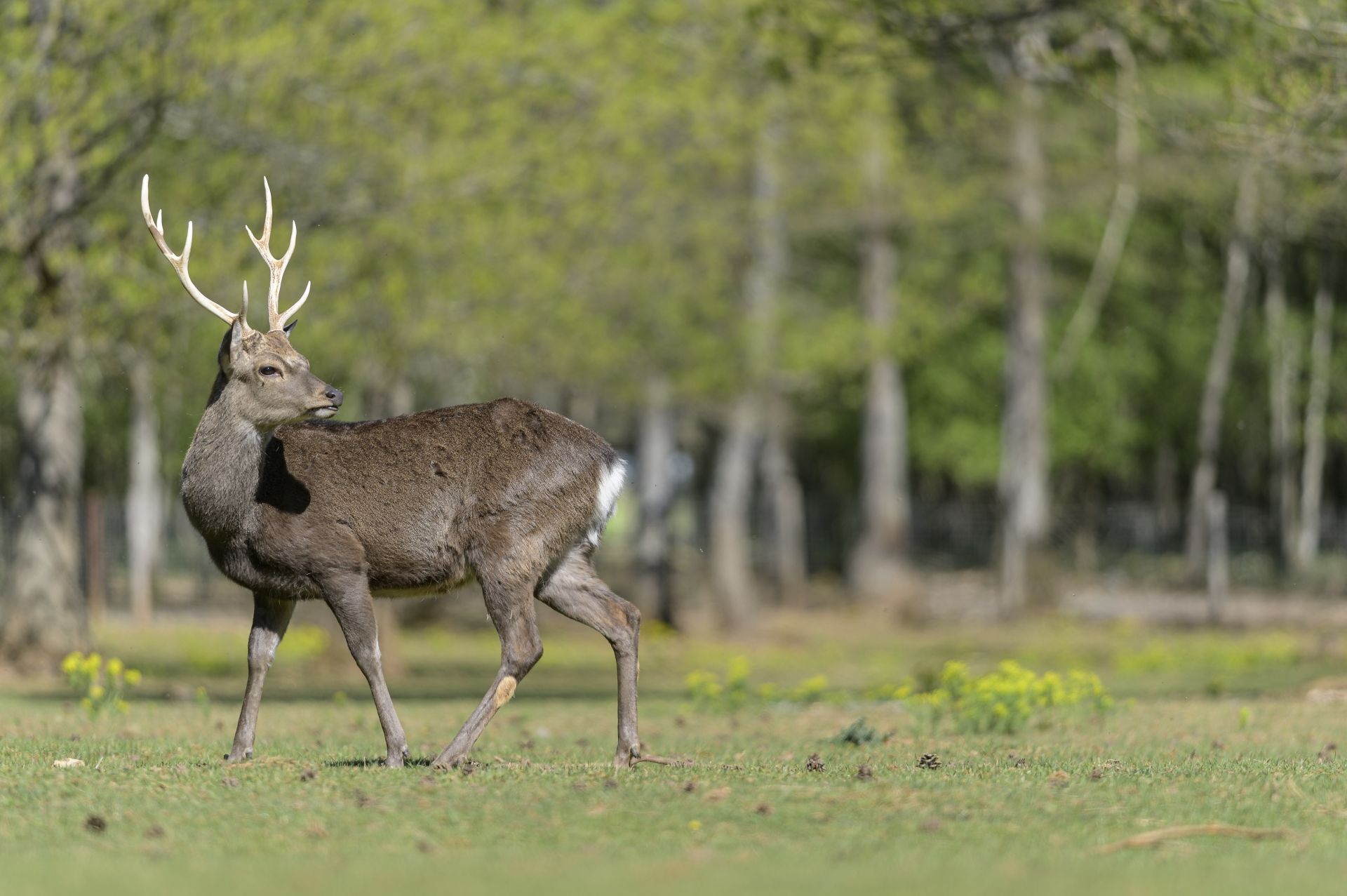
Discover the European Big 5
The bison, the wolverine, the wolf, the lynx and the brown bear
